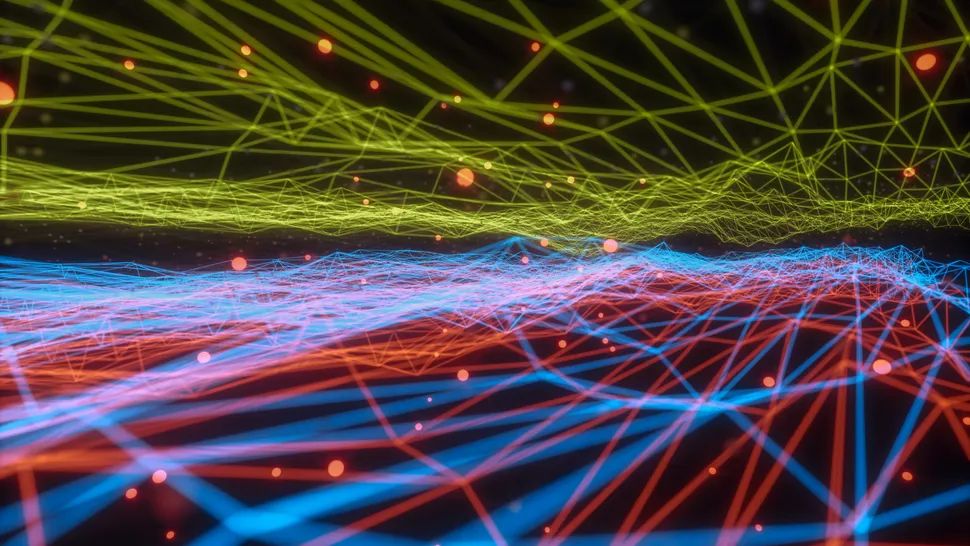Scientists have successfully transmitted quantum data and conventional data through a single optical fiber for the first time.
The research demonstrates that quantum data in the form of entangled photons and conventional internet data sent as laser pulses can coexist in the same fiber-optic cable.
Most research into building a quantum internet has focused on the need for separate infrastructure or dedicated channels for quantum data to avoid interference from “classical” data. But this new “hybrid” network could pave the way for more efficient implementation of quantum communications by enabling quantum and conventional data to share the same infrastructure. The researchers revealed their findings in a study published July 26 in the journal Science Advances.
Fiber-optic cables are composed of thin strands of glass or plastic fibers that carry data as infrared light pulses. These fibers transmit data through different color channels, with each corresponding to a specific wavelength of light.
Researchers have previously shown that quantum data can be transmitted through a standard fiber-optic cable, but this new experiment marks the first time that both quantum and conventional data have been transmitted together in the same color channel.
Creating hybrid networks is challenging because quantum data is often transmitted through fiber-optic cables using entangled photons.
Entanglement occurs when two qubits — the most basic units of quantum information — are linked in such a way that information is shared between them regardless of their relationship over time or space. But entanglement is an extremely delicate state that can be easily disrupted by environmental disturbances like noise or interference from other signals. This includes any data sharing the same wavelength on a fiber-optic channel. This is known as “decoherence,” and breaking this connection causes the qubits to lose their quantum state, resulting in data loss.
“To make the quantum internet a reality, we need to transmit entangled photons via fiber optic networks,” study co-author Michael Kues, head of the Institute of Photonics at Leibniz University Hannover, said in a statement. “We also want to continue using optical fibres for conventional data transmission.”
To get around these challenges, the scientists used a technique called electro-optic phase modulation to precisely adjust the frequency of the laser pulses so that they matched the color of the entangled photons. This enabled both types of data to be transmitted in the same color channel without disrupting the quantum information held by the entangled photons.
The ability to transmit quantum and conventional data in the same channel frees up other color channels in the fiber-optic cable for more data, the scientists said. This will be key to making the many applications of quantum computing, such as ultra-secure communications and quantum cryptography, more practical and scalable.
“Our research is an important step to combine the conventional internet with the quantum internet,” said Kues. “Our experiment shows how the practical implementation of hybrid networks can succeed.”

